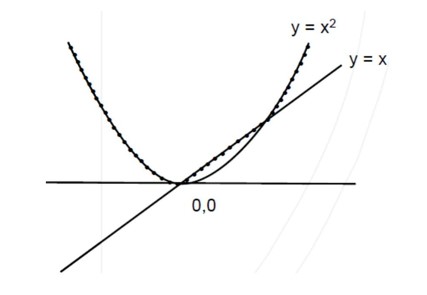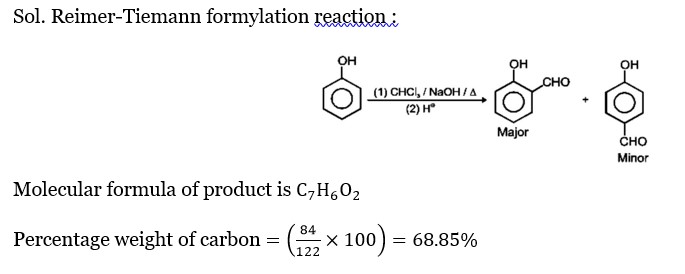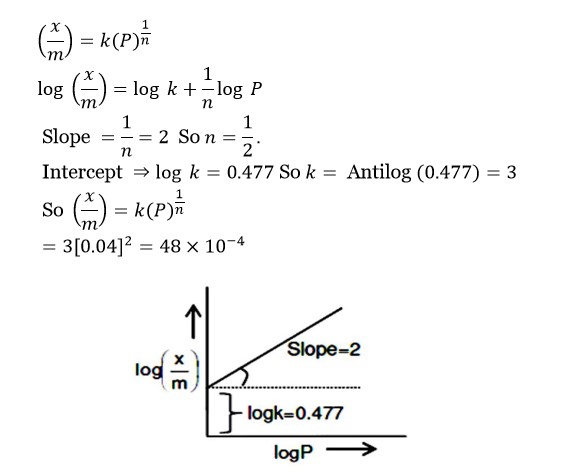Class 12th
Get insights from 12k questions on Class 12th, answered by students, alumni, and experts. You may also ask and answer any question you like about Class 12th
Follow Ask QuestionQuestions
Discussions
Active Users
Followers
New answer posted
2 months agoContributor-Level 10
To understand the phenomenon behind this, have a close look at the formula of the first order reaction.
t1/2 = 0.693/k
Here, we can see that the half life is only dependent on k (rate constant) since there is no [A]' in the formula. Hence, we can easily conclude that the half life of a first order reaction is independent of the initial concentration [A]'.
New answer posted
2 months agoContributor-Level 9
f' (c) = 1 + lnc = e/ (e-1)
lnc = e/ (e-1) - 1 = (e - (e-1)/ (e-1) = 1/ (e-1)
c = e^ (1/ (e-1)
New answer posted
2 months agoContributor-Level 10
log (k? /k? ) = (Ea / 2.303R) [1/T? - 1/T? ]
log (3.555) = (Ea / (2.303R) [1/303 - 1/313]
1.268 * 8.314 * 303 * 313 = 10Ea
So, Ea = 100 kJ
New answer posted
2 months agoContributor-Level 10
According to IUPAC convention for naming of elements with atomic number more than 100, different digits are written in order and at the end ium is added. For digits following naming is used.
0 -nil
1-un
2-bi
3-tri
and so on.
New answer posted
2 months agoContributor-Level 9
y = (2/π x - 1)cosec x
dy/dx = (2/π)cosec x - (2/π x - 1)cosec x cot x
⇒ dy/dx + (2/π x - 1)cosec x cot x = 2/π cosec x
⇒ dy/dx + ycot x = 2/π cosec x
This is a linear differential equation. The integrating factor P (x) is the coefficient of y.
⇒ P (x) = cot x
New answer posted
2 months agoContributor-Level 10
Refractive index (n) is a dimensionless quantity that has no units. Since both numerator and denominator are in meters per seconds (m/s), both units cancel each other. This makes refractive index simply a number.
New answer posted
2 months agoContributor-Level 9
f (x) = sin²x (λ + sinx)
f' (x) = 2sinxcosx (λ + sinx) + sin²x (cosx) = sinxcosx (2λ + 3sinx)
For extrema, f' (x) = 0
sinx = 0, cosx = 0, or sinx = -2λ/3
For more than 2 points of extrema in the interval, sinx = -2λ/3 must have solutions other than where sinx=0 or cosx=0.
-1 < -2/3 < 1 and -2/3 0
This gives λ ∈ (-3/2, 3/2) - {0}
Taking an Exam? Selecting a College?
Get authentic answers from experts, students and alumni that you won't find anywhere else
Sign Up on ShikshaOn Shiksha, get access to
- 65k Colleges
- 1.2k Exams
- 679k Reviews
- 1800k Answers



